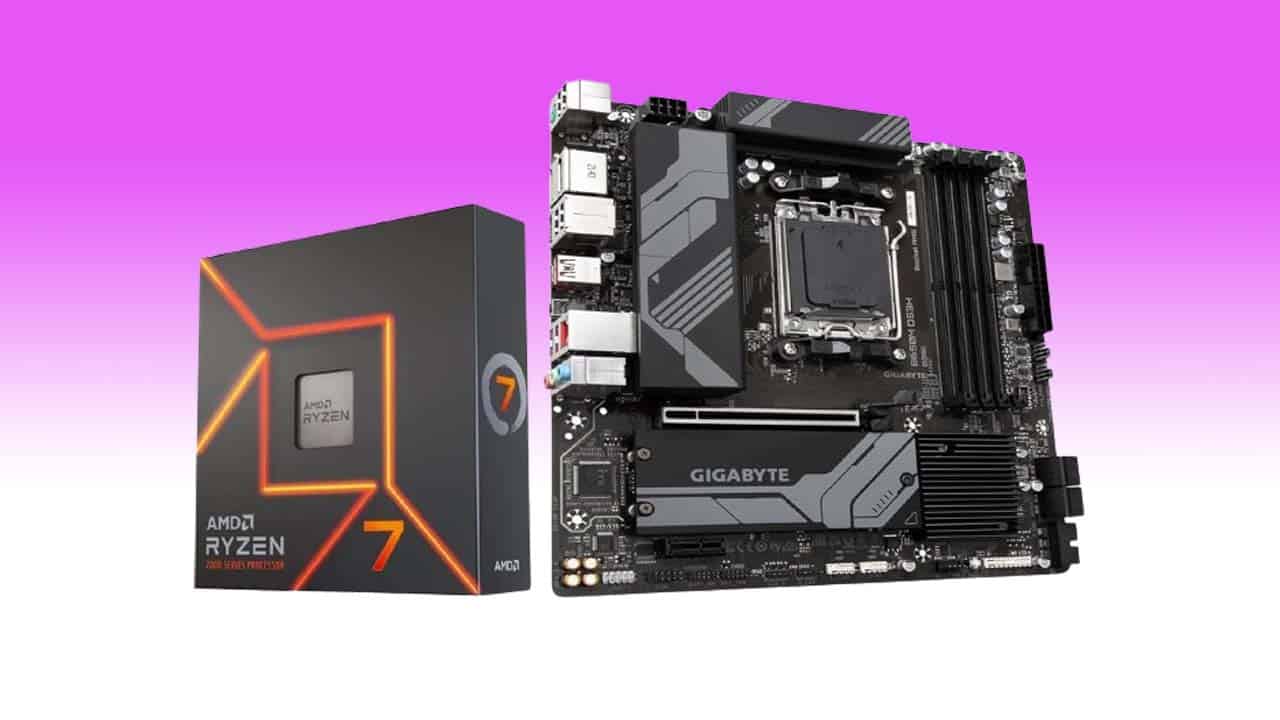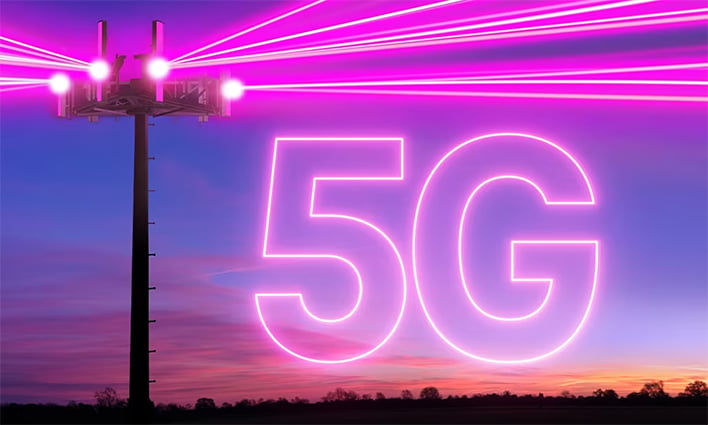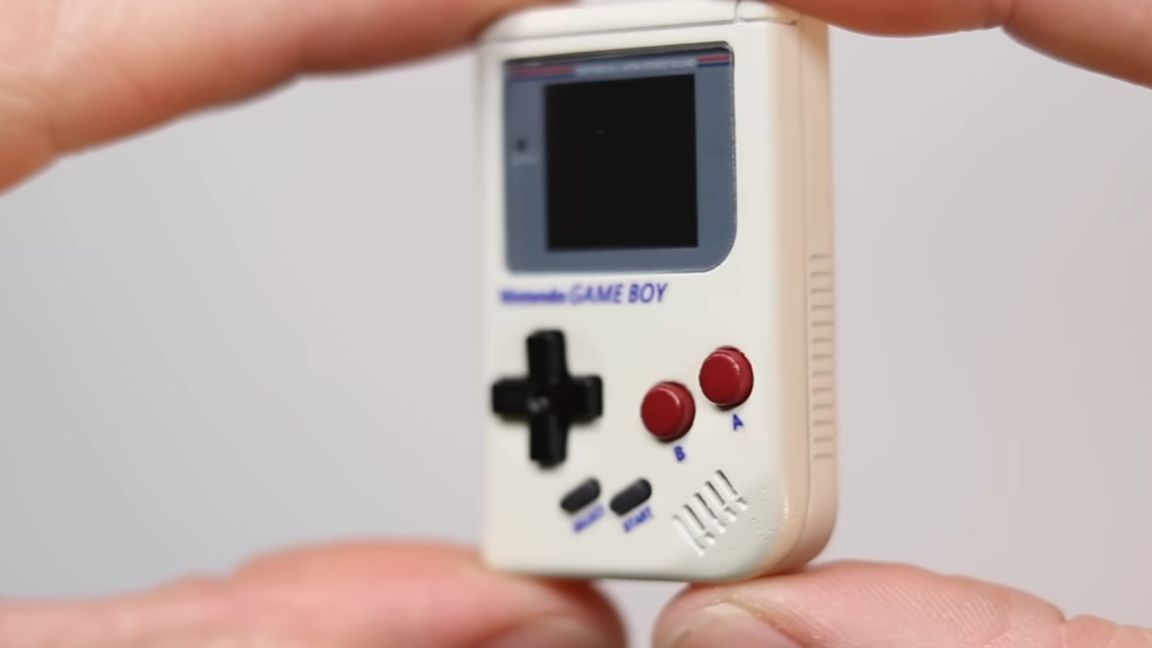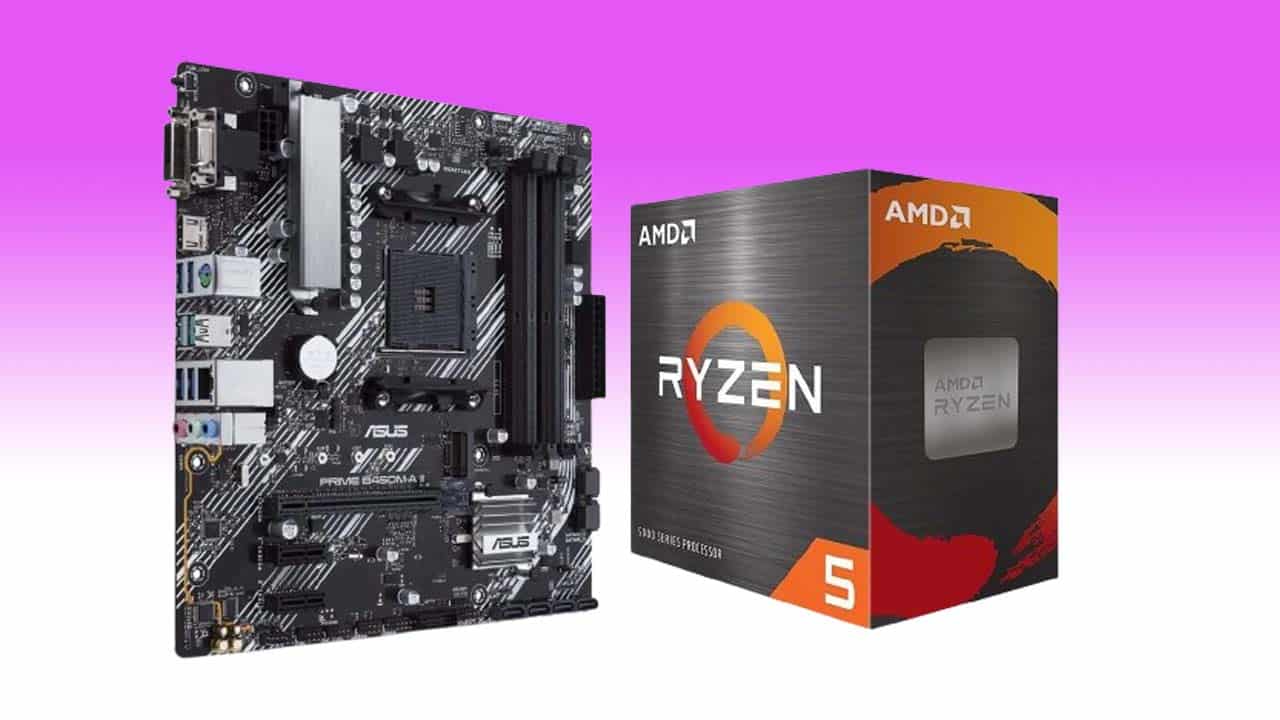In the event you personal a Nvidia GPU, there’s an opportunity you might be utilizing Nvidia Dynamic Tremendous Decision (DSR) or Deep Studying Dynamic Tremendous Decision (DLDSR) to run lighter and older titles past native decision to squeeze as a lot picture high quality out of your setup as potential. Previously, these two applied sciences had been solely identified to work on displays that do not use Show Stream Compression (DSC). Nonetheless, in line with TFTCentral, Nvidia’s two downscaling options can work on DSC-enabled displays for those who use a single cable to attach your monitor to your GPU.
To be clear, Nvidia’s assist web page for DSR and DLDSR states that neither of those applied sciences is supported in any respect whereas utilizing a monitor with Show Stream Compression (DSC) enabled. The one show configurations Nvidia says are suitable with DSR/DLDSR are commonplace displays with out DSC (which can be plugged right into a desktop system), discrete GPU notebooks with out Optimus GPU switching, and notebooks with Superior Optimus expertise — in different phrases, laptops with a MUX change.
Nonetheless, TFTcentral discovered that a lot of its readers may allow DSR or DLDSR on DSC displays regardless of what Nvidia specifies on its DSR/DLDSR assist web page. TFTcentral reached out to Nvidia for remark, and Nvidia responded with an in depth response explaining what was occurring.
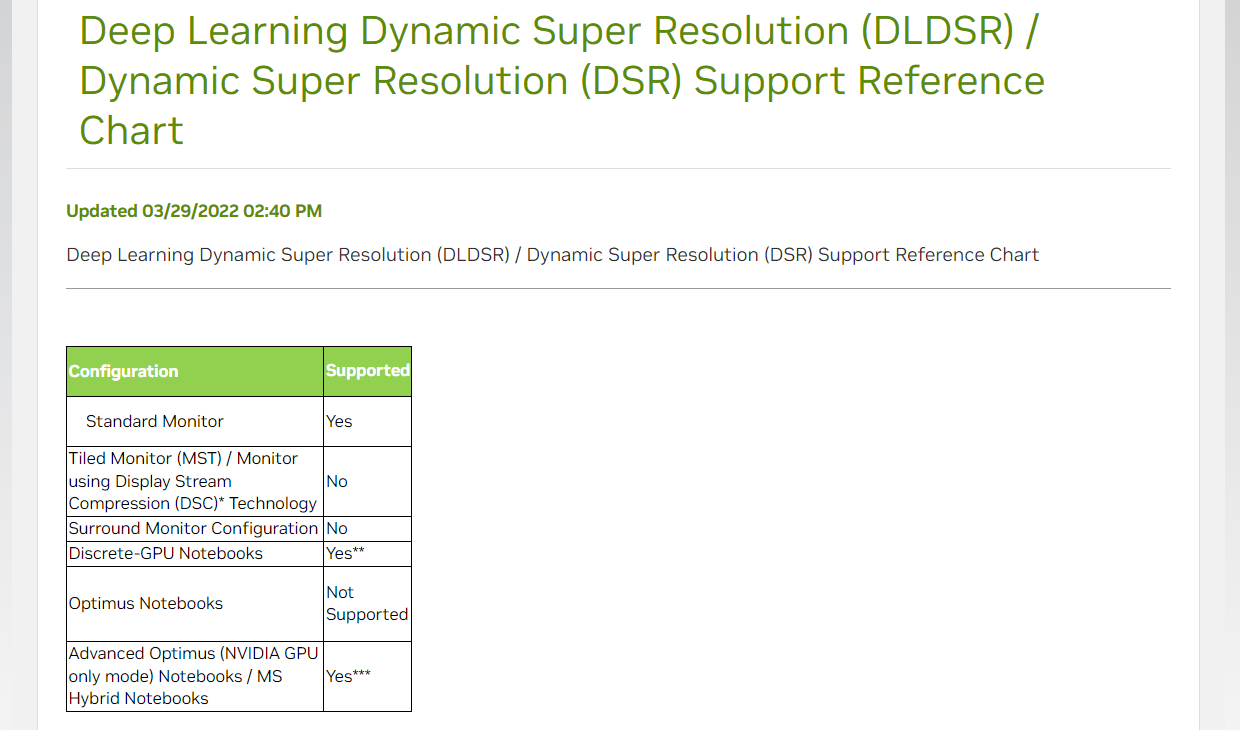
“NVIDIA DSR, NVIDIA DLDSR, and NVIDIA Picture Scaling are supported when DSC mode is enabled if the pixel price wanted to drive the show mode doesn’t exceed the GPU’s single head restrict. If GPU makes use of two or extra inner heads to drive the show, NVIDIA DSR, NVIDIA DLDSR, and NVIDIA Picture Scaling usually are not supported,” a Nvidia consultant instructed TFTCentral.
Nvidia clarifies that DSR/DLDSR can be utilized with a DSC-enabled monitor. The one requirement for it to work is that the show must be related to the GPU with a single cable. This received’t be an issue for many players, however just a few GPU/monitor configurations require two or extra show connections to work (notably first-generation 4K and 8K shows).
Twin cable configurations are often required in bleeding-edge gaming displays with a decision and refresh price that may overwhelm a GPU’s show output capabilities. In these conditions, a second show cable is important to drive the monitor at its most rated specs. On the GPU facet, the GPU treats the 2 show connections as two separate displays and runs them like an Nvidia encompass configuration.
Fortunately, solely a handful of displays require greater than a single cable to run. So there’s a good likelihood you’ll by no means run into this downside.


